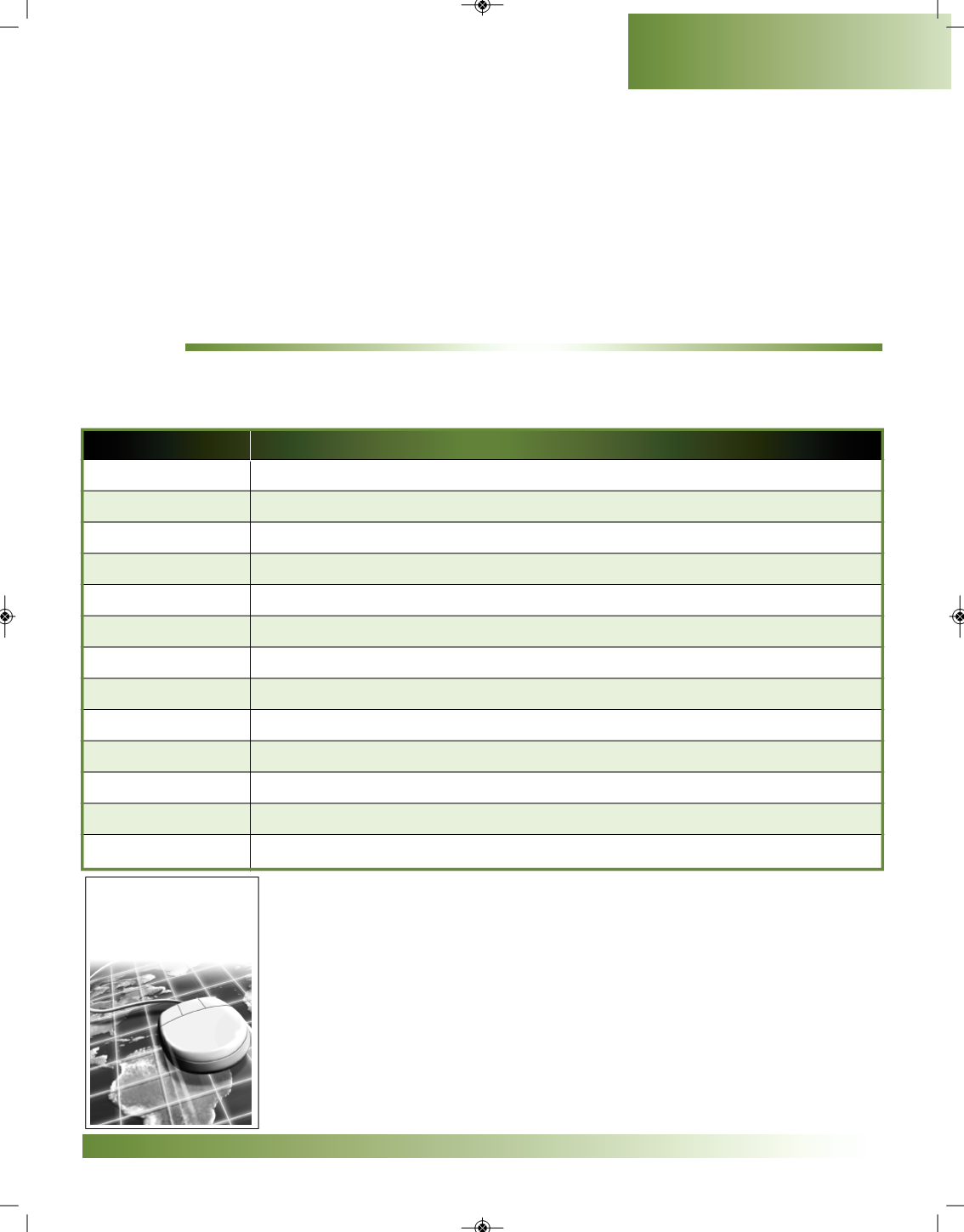
Lesson 63:
Natural Resources and Economy of South America
We have learned all about the economy and industry throughout our study of the Western
Hemisphere. The countries of SouthAmerica are not nearly as well developed as the United States
andCanada.Many products come from their primary industries.What thismeans is that products are
producedmostly frommining, farming, logging, or fishing.
Other products come from the secondary industries. These products are built, manufactured
(made), or are processed. Much of the manufacturing of products takes place in the larger cities of
SouthAmerica.
ACTIVITY:
Use the chart of mainSouthAmerican products to answer the questions on the next page.
Main SouthAmerican Products
Country
Major Products
Argentina
Meat andmeat products, tobacco, textiles, leather, machinery, wool
Bolivia
Tin, lead, silver, oil, natural gas, cotton
Brazil
Machinery, vehicles, soybeans, coffee, sugar cane, rubber
Chile
Wood pulp, paper, copper, timber, iron ore, nitrates
Colombia
Coffee, emeralds, sugar cane, oil, meat, hides and skins
Ecuador
Oil, bananas, cocoa, coffee
FrenchGuiana Bauxite, aluminum, shrimp, bananas
Guyana
Sugar cane, rice, bauxite, aluminum, timber
Paraguay
Cotton, soybeans, tobacco, timber
Peru
Metals (silver, lead, zinc, copper), minerals, fish
Suriname
Bauxite, aluminum, gold, sugar cane
Uruguay
Meat, wool, hides and skins
Venezeula
Oil, iron, cocoa
COPYRIGHT
119
PENNSVALLEY
South America
Using the Internet, choose one of thewaterforms (Angel Falls) or landforms
(Cerro Aconcagua) that have been covered in Lesson 62 on the physical
features of SouthAmerica.
• Draw a small map in which you show the exact location of your physical
feature.
• Describe the main features of your waterform or landform using three or
more facts.
Click
&
Learn


